It goes without saying that a work of art shifts depending on where and how you engage it.
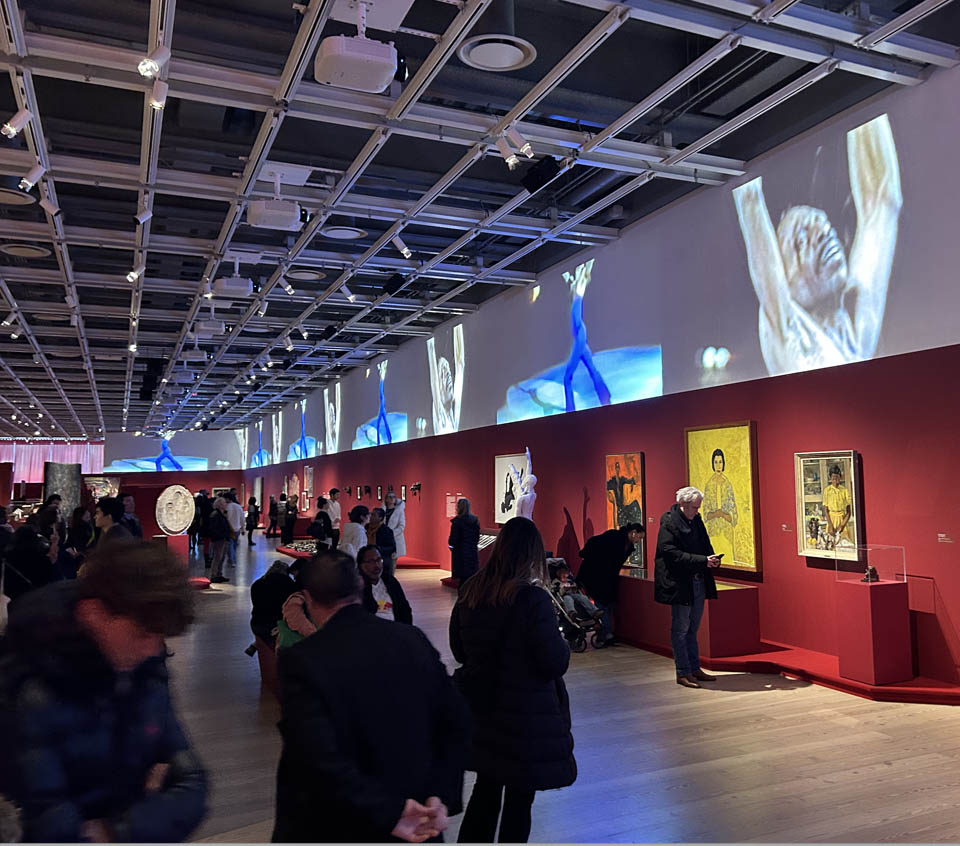
The same is true for the audience.
At Edges of Ailey at the Whitney Museum of Art, dance is ethereal as people walk below. Dance saturates the horizon. The audience is held in its force; the dancer’s arms lift.
Dance is centered by art: all arms in front.
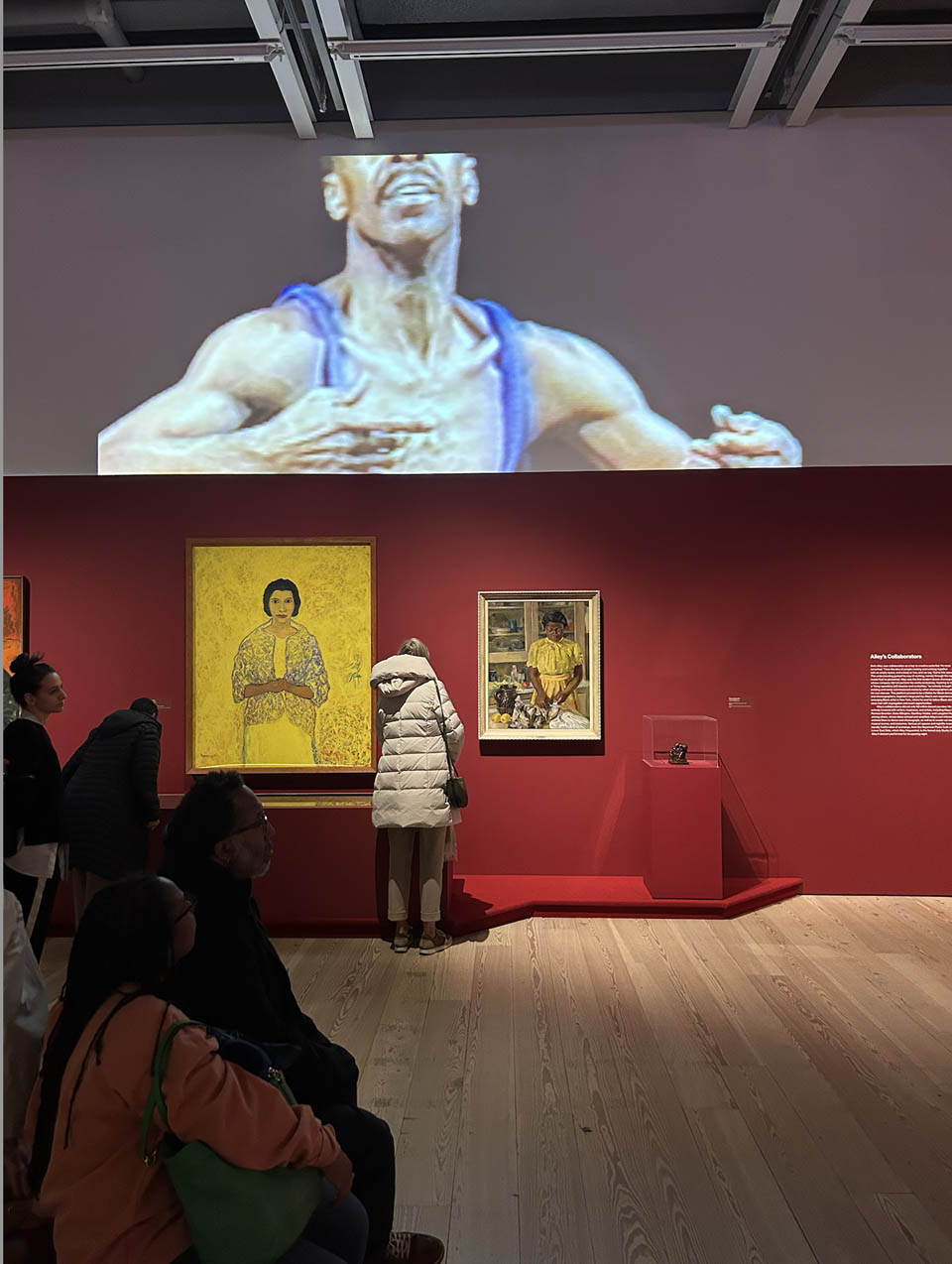
In this picture, some eyes are lost, others forward, down, and up. I am watched watching and feel held by many hands.
Down below, in the audience, the dance is grounded by art work that centers Ailey’s history, community, and peers. His life in the Black church, in the American South, with Black women, and Black men, who also attend.
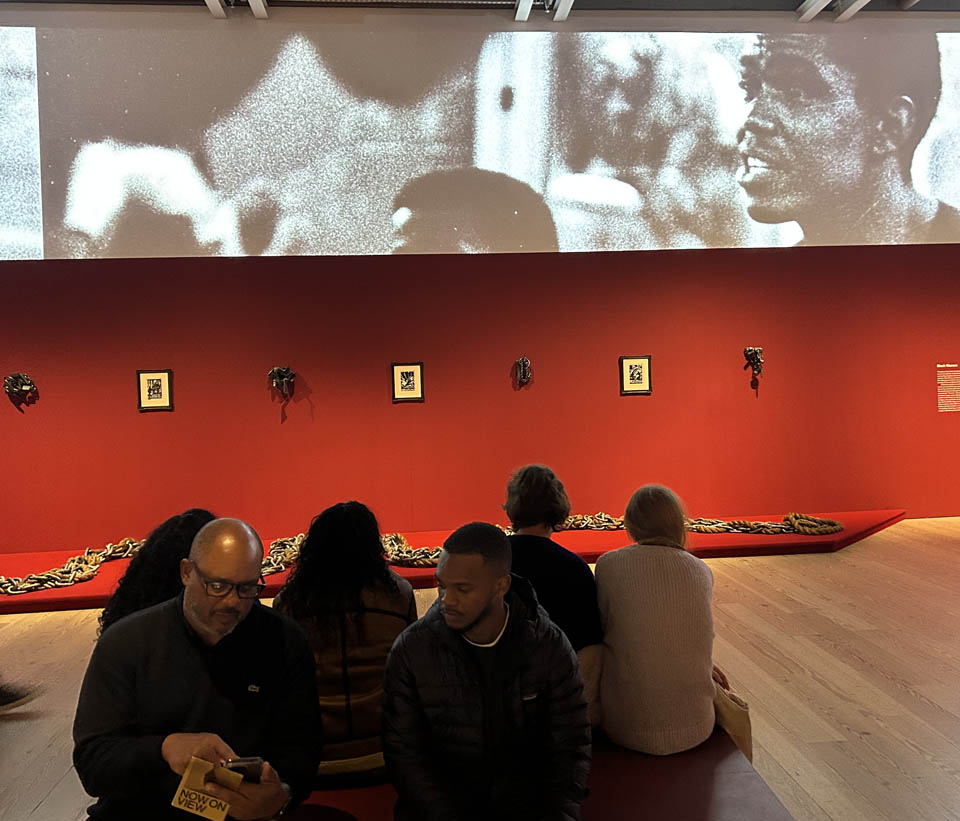
At New York City Center, cameras aren’t allowed during the live show. We will soon watch together in the dark, all eyes focused on the proscenium and its glorious display of bodily integrity. We withdraw into a collective hush. But this will soon change.
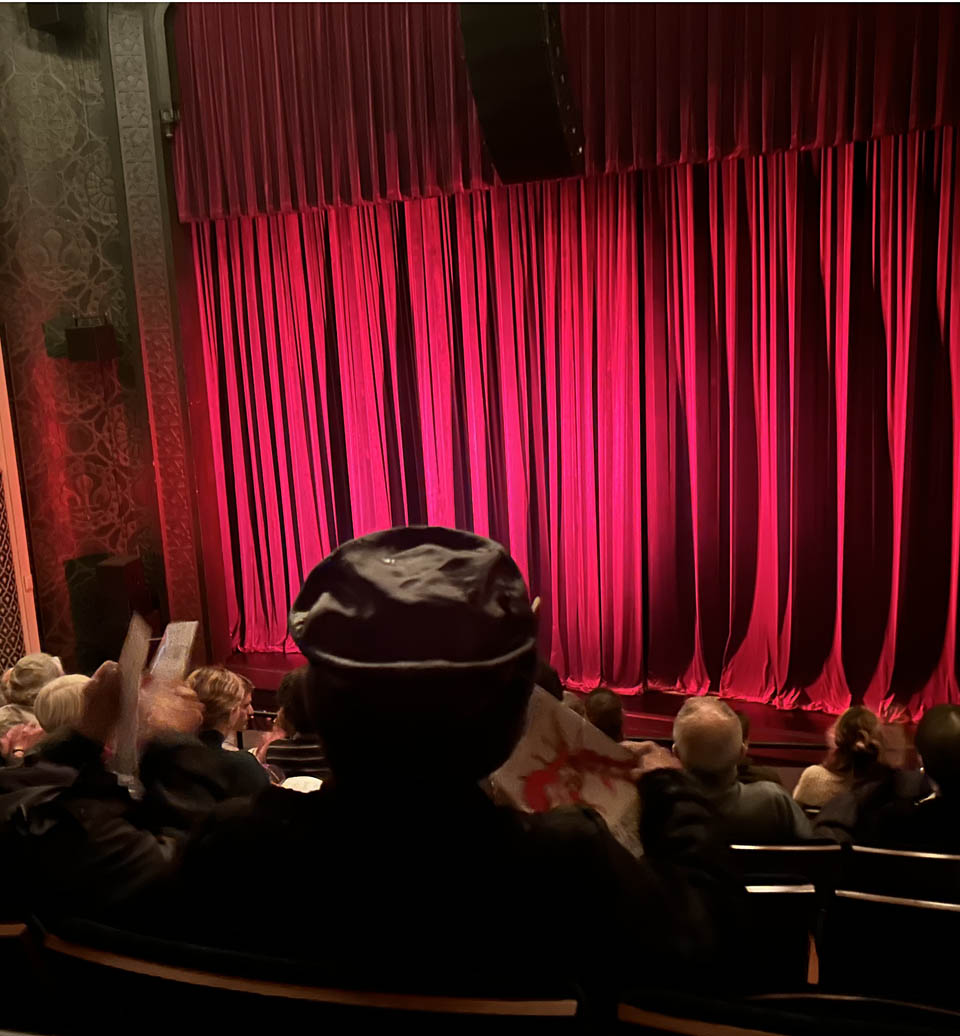
The audience member seated directly in front of me often moved her arms and hands in praise, silhouetted by the light on the stage.
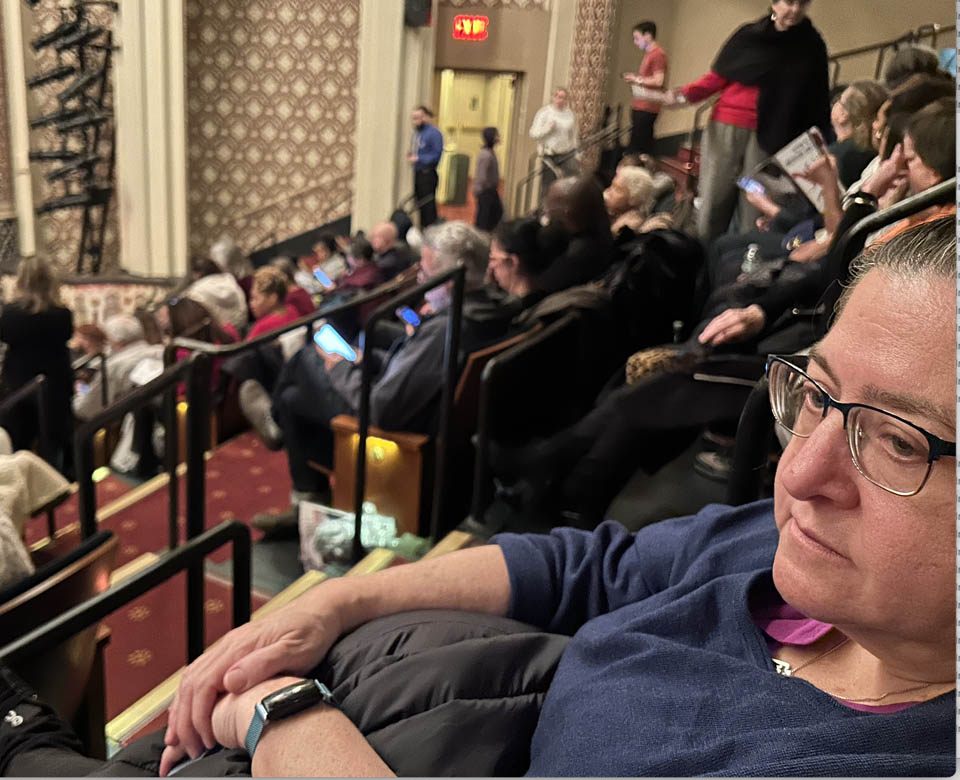
I mostly go to dance with my friend, Hara. It is the art form that lets her unwind. However, as our audience reached fever pitch during Revelations (1960), we felt the dance as Ailey intended: “sometimes sorrowful, sometimes jubilant, but always hopeful.” Many sang, others cheered.

As a visitor at the Whitney, on December 1, 2024 to attend Day With(out) Art, I first went to their Ailey show. I ended my deep encounter with his work with a visit at this panel from The AIDS Quilt1 which is on the edge of the massive, and massively deserved celebration of one of America’s great dancers and choreographers.
He died of AIDS on December 1, 1989. Alvin Ailey, arms extended (“and all of our dancers”), as well as Bill DePew, Clyde Allen, W. Lee Davis, Robert R. McGlone, John Wilcoxen (and seven others from 3 Cedars) … midst hisses and shouts … and love, as together we declare absurd interruption.
- Within each of the Quilt’s nearly 50,000 panels are sewn the names of more than 105,000 lives lost to AIDS. Each year, thousands of panels of the Quilt are displayed throughout the U.S. and world. There are six panels for Alvin Ailey, these and all others, findable here: https://www.aidsmemorial.org/interactive-aids-quilt. ↩︎
Comments
One response to “audience in context: praise, sorrow, hisses & shouts”
[…] and protocols) that could play a part in the world we’re heading to. I feel more connected to the art that I see, the audiences that I’m in, in a different way, which is not passive. Of course I don’t […]